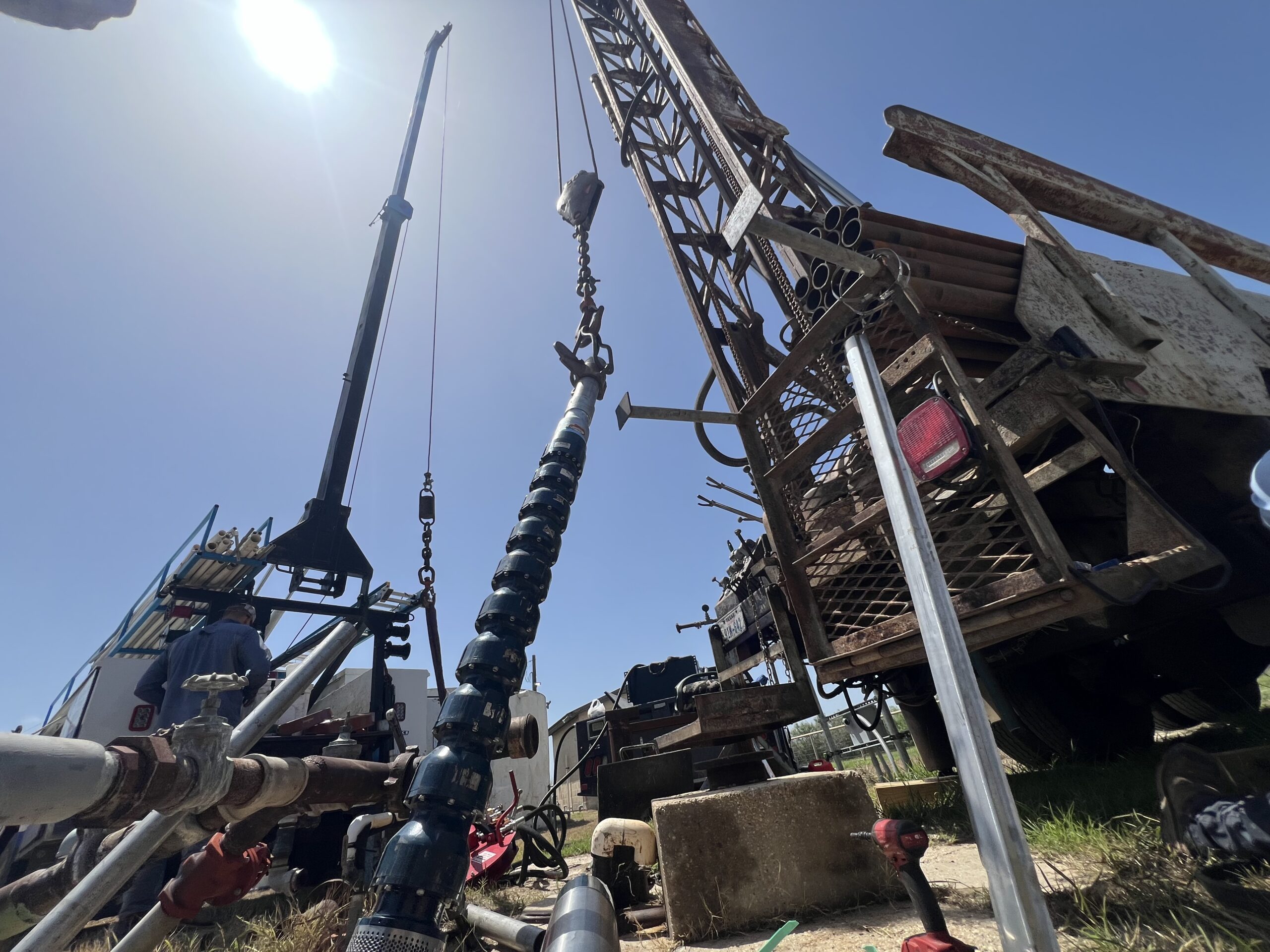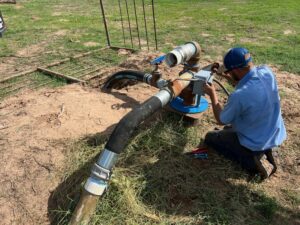When you’re ready to ditch municipal water and gain control over your own water supply, water well drilling is a smart, long-term investment. Whether you’re building a new home on rural land or simply want to upgrade your property’s water source, having a well installed can offer reliable access to clean groundwater and reduce your monthly utility bills.
But how does water well drilling actually work? Here’s a step-by-step breakdown of the process, so you know what to expect from start to finish.
Step 1: Site Evaluation and Permits
The first step is a thorough evaluation of your land. A licensed drilling contractor will assess the soil composition, landscape, and potential water table depth. Once a viable drilling location is found, permits must be acquired in compliance with local and state regulations.
Step 2: Choosing the Right Well Depth
The depth of your well can vary greatly depending on your location. Some wells tap into shallow aquifers around 100 feet deep, while others go as deep as 1,000 feet or more. A professional driller will determine the depth needed to access a reliable, year-round water source.
Step 3: The Drilling Process
Using specialized equipment, the driller bores into the earth to reach the aquifer. As they drill, a casing (usually steel or PVC) is inserted to protect the well and prevent contamination. Gravel is added around the casing, and the well is capped at the top.
Step 4: Pump Installation and Testing
Once the hole is drilled and cased, a submersible pump is installed to bring water to the surface. The water is then tested for quality, ensuring it’s safe for drinking and other uses. Treatment systems can be added if needed.
Step 5: Maintenance and Protection
After installation, maintaining your water well is critical. Annual water testing, occasional cleaning, and timely pump repairs will extend the life of your well and protect your water supply.
Water well drilling might sound complex, but with a professional on your side, it’s a straightforward process that pays off in the long run. From independence to savings, the benefits are worth the effort.


